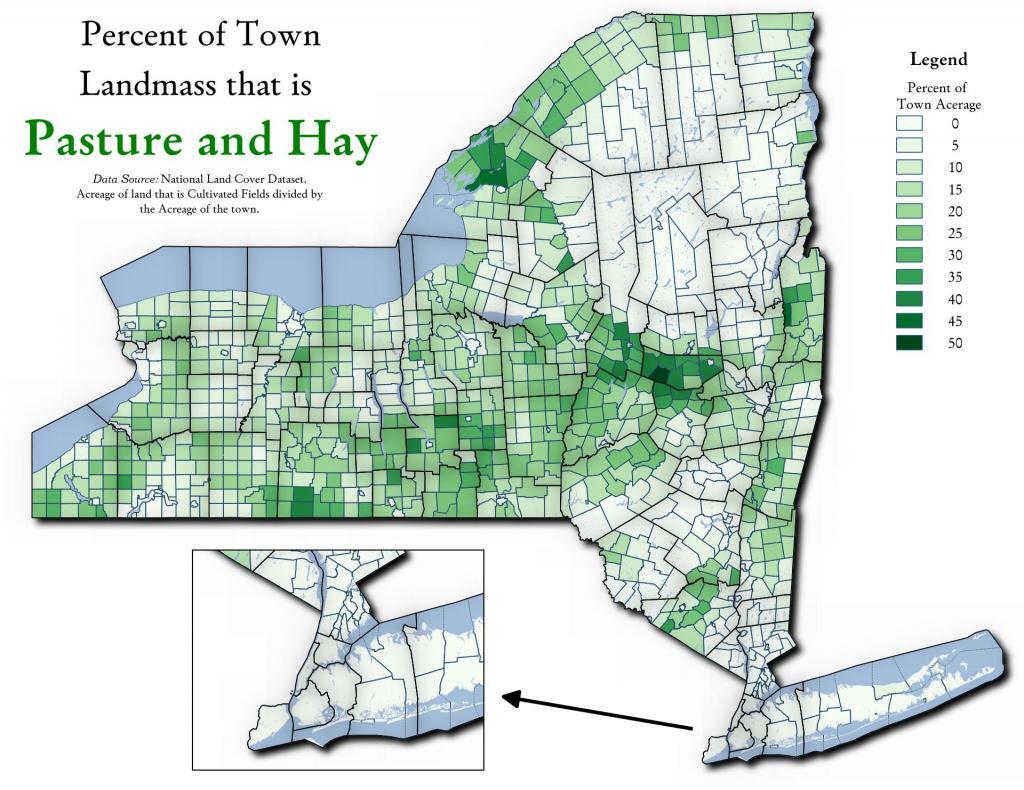I often giggle a bit when I read about some of the critics of automobile pollution limits being proposed in the 1960s. To control smog emissions, especially nitrous oxides were told car engines would have to have their spark retarded and their fuel mixture set to burn very rich. All cars would be required to have large after burners in their trunk, which would burn off uncombusted hydrocarbons not only using up a lot of trunk space and making both the passenger compartment uncomfortably hot and spoiling your milk and melting your ice cream heading home from the grocery store. Those poor housewife’s would have to drive home with the ice cream in the passenger seat and air condition blasting so it would stay cold. Automobile exhaust pipes would spray out dangerously hot gases from the incinerators after burning the incomplete combustion by products.
The thing about critics of automobile pollution limits is many of their predictions did come true. For much of the 1970s into the 1980s cars didn’t have nearly as good acceleration as did models in the 1960s. Timing was retarded to reduce nitrous oxides. Rich burning engines, required to work with the crude catalytic converters made fuel economy drop even as cars got smaller. But eventually electronic ignition and timing, along with three way catalytic converters meant many of the slow, underpowered cars of the 1970s were faster and more fuel efficient by the nineties. Cars grew smaller and lighter to comply with fuel economy mandates but ultimately they bulked up again, especially in interior size, while constantly improving fuel economy.
Thanks to the development of catalytic converters, gas cars never needed after burners or incinerators to burn off the results of incomplete combustion. Ultimately though such technology came to the diesels, though the particle traps and regen cycles were not that impactful for drivers. The regen chamber is located either under the bed of the truck of high on the stack where the heat is a non issue. The tailpipes are either high in the air or use the venturi effect to suck in cold outside air to reduce the heat of exhaust gases and usually occur only when the vehicle is moving. Adding DEF fluid can be a pain, though it’s common at most diesel pumps these days.
People don’t like change, and often for good initial reasons. Often brand new pollution controls are crude and can have unexpected problems and clunky designs until they are redesigned based on the experience and knowledge gained by widespread adoption. Electrification of automobiles is likely to have some bumps in the road but given widespread adoption and a few decades of further refinement it’s hard to imagine many people except car collectors pining for the days of yore wanting to go back.

